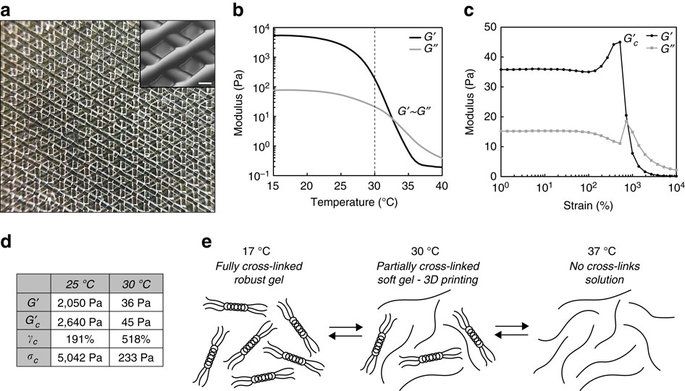This bionic knee brace will give you superhuman strength…and it’s available to everyone!
Category: cyborgs – Page 108
Artificial General Intelligence (AGI): Future A to Z
What is the ultimate goal of Artificial General Intelligence?
In this video series, the Galactic Public Archives takes bite-sized looks at a variety of terms, technologies, and ideas that are likely to be prominent in the future. Terms are regularly changing and being redefined with the passing of time. With constant breakthroughs and the development of new technology and other resources, we seek to define what these things are and how they will impact our future.
Adding Limbs to Your Body
What would you do if you had four arms?
The Hypersuit’s Creators Say It Can Train Military Pilots
Base jump safely in virtual reality!
What Happens When Cyborg Tech Goes Beyond Medicine?
The age of the cyborg may be closer than we think. Rapidly improving medical robotics, wearables, and implants means many humans are already part machine, and this trend is only likely to continue.
It is most noticeable in the field of medical prosthetics where high-performance titanium and carbon fiber replacements for limbs have become commonplace. The use of “blades” by Paralympians has even raised questions over whether they actually offer an advantage over biological limbs.
For decades, myoelectric prosthetics—powered artificial limbs that read electrical signals from the muscles to allow the user to control the device—have provided patients with mechanical replacements for lost hands.


Video shows maiden flight of cyborg dragonfly
Over the past few years, a variety of cyborg animals have been unleashed, as scientists kit out cockroaches, locusts and even turtles with electronic accoutrements. Back in January, researchers from Charles Stark Draper Laboratory and Howard Hughes Medical Institute (HHMI) outlined plans to fit dragonflies with tiny electronic backpacks, allowing them to be controlled remotely. In a new video, their cyborg dragonflies have taken flight for the first time.
The animal kingdom is fertile inspirational ground for new technology, but it’s difficult to properly mimic the speed and manoeuvrability of a dragonfly, or the complicated olfactory system of a locust. Rather than designing robots and sensors from scratch, scientists have developed ways to take advantage of the hard work nature has already done, by equipping live insects with electronic systems.

Zoltan Istvan: The Economy Of The Future Will Be Powered By Neural Lace
A write-up on about neural lace and the future economy: https://altleft.host/zoltan-istvan-the-economy-of-the-future…ural-lace/ #transhumanism
Zoltan Istvan, a leading Transhuman, shows us that the economic system of Technocracy needs Transhuman citizens to make it work. This is not surprising because Transhumanism and Technocracy are two sides of the same coin. ⁃ TN Editor.
The battle for the “soul” of the global economy is underway. The next few decades will likely decide whether capitalism survives or is replaced with a techno-fuelled quasi-socialism where robots do most of the jobs while humans live off government support, likely a designated guaranteed or basic income.
Many experts believe wide-scale automation is inevitable. Even the world’s largest hedge fund, Bridgewater Associates, recently announced it’s building an AI to replace its managers, many of whom are highly educated and previously thought invulnerable to automation. Robots, it seems, will manage everything. Or will they?
A next-generation technology, likely to arrive in five to 10 years, is being credited as the saviour of capitalism. Known today as neural prosthetics, or neural lace, it’s essentially tech that reads your brainwaves. This tech promises to connect our brains to the cloud and AI to link us with machines using thought alone.


A bioprosthetic ovary created using 3D printed microporous scaffolds restores ovarian function in sterilized mice
3D printed ovaries restore fertility to mice. Another step towards more complex organs.
There is a clinical need to develop a bioengineering system to support ovary transplantation. Here, the authors generate a bioprosthetic ovary using 3D printed scaffolds of varying pore architectures to support follicle survival and ovarian function in sterilized mice.